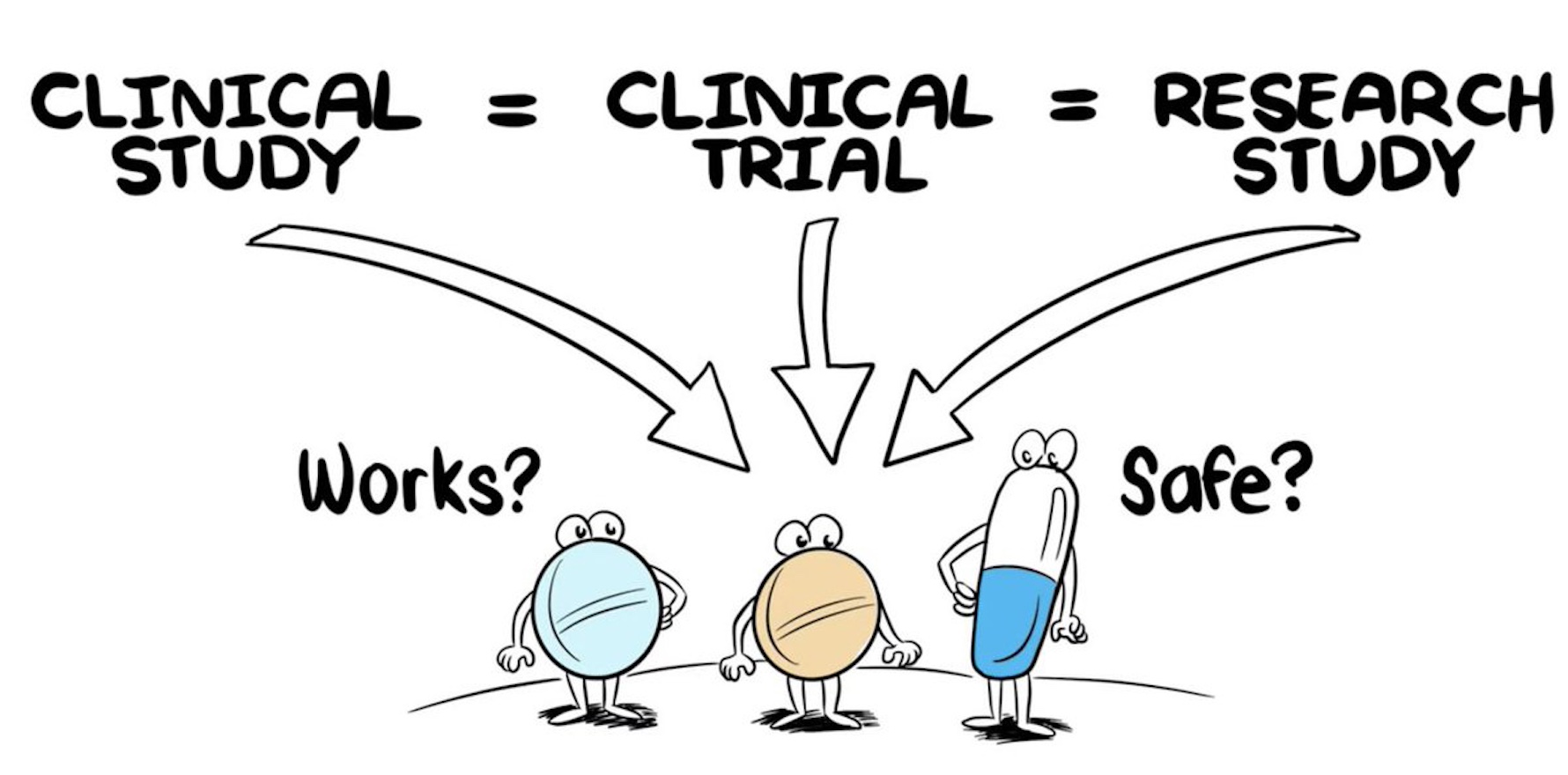DoHAC is seeking expressions of interest for a project to connect patients with clinical trials and turbo-charge the industry.
After years of reviews and reports the federal government is finally setting out on one of the most ambitious and complex healthcare-based software platform development projects since the My Health Record.
The project is an umbrella lifecycle ICT platform aimed at combining all the disparate elements of the clinical trials and research sector with the goals of having more Australians accessing a relevant clinical trial in Australia and building a vastly bigger clinical trials industry sector.
The government sees it as transforming the ability of patients to access clinical trials and therapeutic interventions while making it easier for industry, sponsors and researchers to find, invest and conduct research in Australia.
This story first appeared on Health Services Daily. Read the original here, or sign up for your discounted GP subscription here.
Notwithstanding that this project’s concepts and ambition are all good there is more devil in the detail of what it is aiming to achieve, probably than any other healthcare ICT project the government has ever embarked on.
Yesterday the DoHAC released an EOI for groups to get involved in various elements of the project – details are available here.
Anyone even remotely connected with the hugely complex (and already quite commercial) world of clinical trials will possibly be surprised that the government has decided to potentially lead with its chin at the outset by labelling the project as a “national one-stop shop” or NOSS.
Here are just some of the elements that the project will need to effectively bring together to bring about the NOSS acronym:
- A cross-jurisdictional ethics approval and site-specific authorisation platform that incorporates key application, notification and approval processes all of built into the framework of the Clinical Trials Notification and Clinical Trials Approval schemes administered by the TGA and the Gene Technology Regulator.
- An embedded and automated next-generation national registry with APIs to external data sources (of course, we’ll need one of those).
- Research management functionality with monitoring and reporting functionality for different users (including but not limited to, project and participant visit management, financial-tracking and reconciliation, safety and adverse event reporting and annual HREC reporting) and automated data/reports/processes to support the accreditation process and other ad hoc reporting requirements.
- A national website with search functionality to enable the community to search and filter information on clinical trials and health research relevant to them and register their interest to receive system enabled notifications.
As well as these requirements, the platform and the program behind it is going to need to herd some of the following quite disparate stakeholders:
- Local and international pharmaceutical and biotechnology companies;
- Local and international commercial vendors who already have patient recruitment and access platforms and significant data plays in the sector;
- Local and international researchers and their institutions (research institutes and universities generally) involved in relevant healthcare research;
- All the government organisations involved in governance of research and trials including but not limited to the TGA, the Gene Technology Regulator, the Human Research Ethics Committee, the NH&MRC, overseas governance and regulatory bodies that are equivalent of the above, and more.
The expression of interest covering document says, the NOSS “effectively joins up the clinical trial and health research whole-of-life cycle into one operational system (from approval, registration and conduct through to the publication of results) supported by mutually agreed processes and policies”.
In respect to the bold ambition of all of above, the consultation report into the project by the Australian Commission on Safety and Quality and Health bluntly assessed last year that, “Australia must be willing to lift its game to stay well in the game”, when it comes to clinical trials and better patient access.
That report also attempts to clarify why the government believes a one stop shop approach is both necessary and possible.
How is it possible?
In March of 2017 all health ministers in Australia agreed on most of the principles underlying the project in what was then called a Revitalised Clinical Trials Agenda.
Following this there has been quite a bit of reform conducted on the National Clinical Trials Governance Framework which aligns the important pre-condition elements for the project to work, like a nationally consistent accreditation framework.
The national accreditation framework imbedded clinical trials into routine service provision in private and public hospitals and health services, which has already significantly strengthened and standardised corporate governance arrangements for governments, hospitals, health services, private companies, trial sponsors and trial investigators.
Why is it necessary?
Australia is very friendly and fertile ground for the multibillion-dollar global trials industry to work within already. With a far more organised infrastructure, the government sees a much bigger clinical trials sector with a thriving private sector that can contribute a lot more to GDP.
For ordinary Australians and our healthcare system the upside from such a project would be providing vastly improved access to patients to a much bigger and better organised research and clinical trials sector.
As with all such ambitious and complex government run ICT projects, the ability to convert on the ideas, based on a pretty bad track record of doing that in health and other sectors – not just the My Health Record – is going to be everyone’s biggest worry.
But in this case, it’s definitely worth a try.


